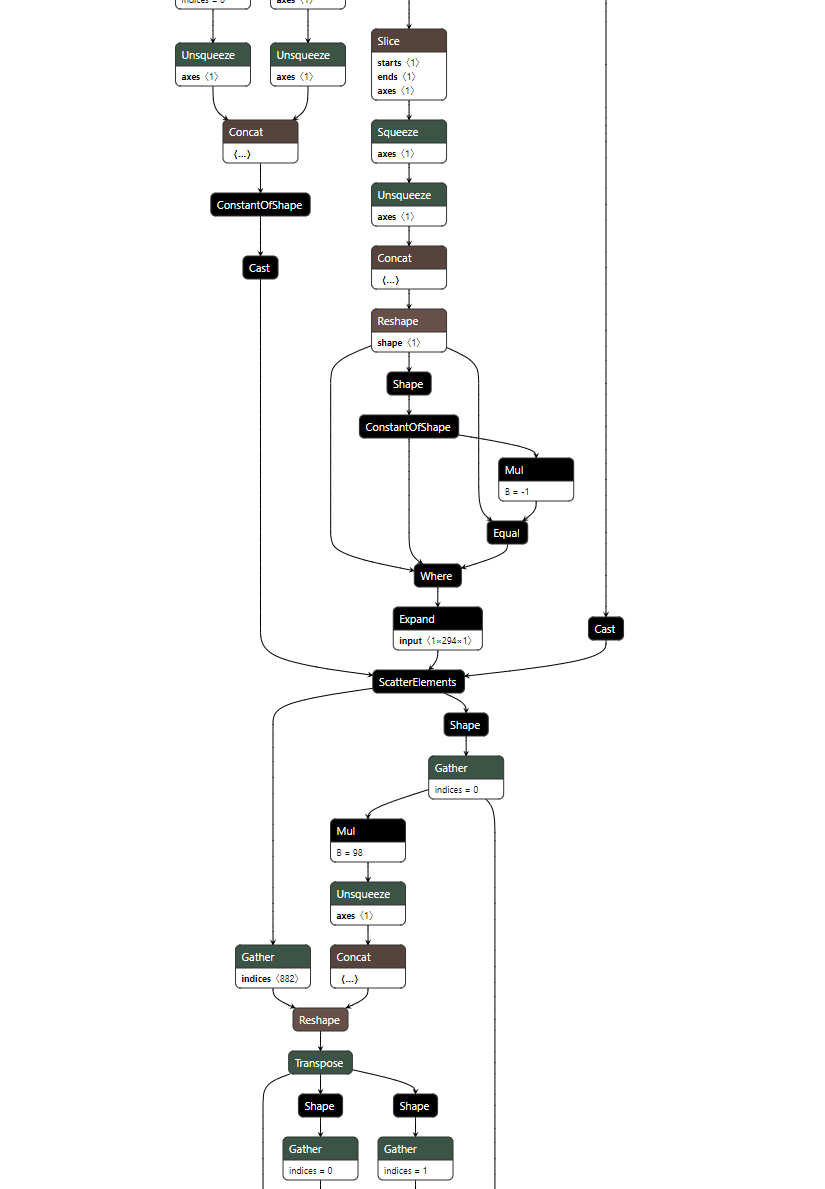Hi @Haiboku233, could you share with us this information for replication purposes:
- PyTorch to ONNX conversion script
- Which model you used (cmr_pg_res18_human36m, cmr_g_res18_moredata, cmr_sg_res18_freihand etc?)
- Model Optimizer Command
- Full inference script

System information (version)
Detailed description
Hello, I converted a PyTorch model to ONNX and it works fine. But when I tried to load it with OpenVINO ,the inference results are different everytime with the same input. This may be cause by the scatter_add op of PyTorch, which is supported in Opset 16
Steps to reproduce
the PyTorch model includes a module as:
I tested by removing torch.scatter_add and output 'out'. If I give the same image input to the model, 'out' is the same every time. But with scatter_add, the output(out2) changes every time.
When I was converting the PyTorch model to ONNX, I get some warnings. These warnings are not caused by scatter_add
Then I converted onnx file to OpenVINO xml/bin/map and the inference code are:
The output 'verts3d' varies everytime scatter_add in Netron:
Issue submission checklist